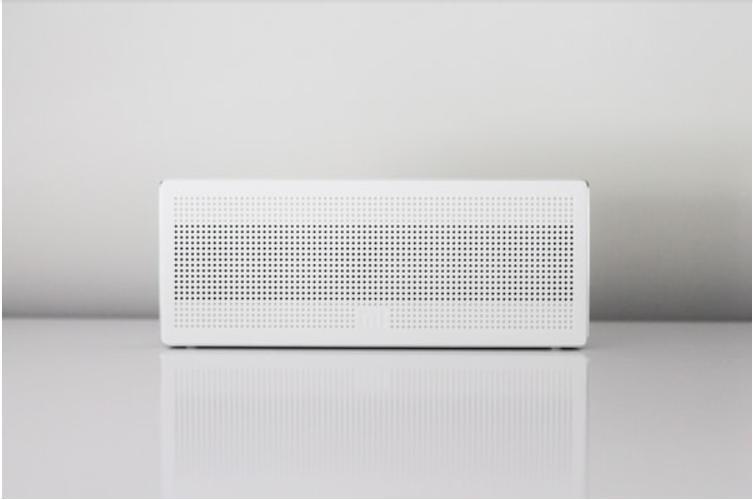Ductless air systems have been growing in popularity in recent years. This is likely due, in part, to the many benefits that they offer. Ductless air systems are typically much more efficient than traditional air conditioners, and they use less energy to cool your home. As a result, they can save you money on your energy bills. Ductless air systems are also more environmentally friendly. They release fewer emissions into the atmosphere, which helps to reduce your carbon footprint. They are also typically much quieter than traditional air conditioners and offer great flexibility.
Ductless air conditioning systems work by using small, individual air conditioners that are mounted on the wall or on the ceiling. These air conditioners connect to a single unit that pumps the cold air into your home. Ductless air systems are a great option for homeowners who want to cool a specific room or zone in their home rather than cooling the entire home. Let’s take a look at the installation process for a ductless system.
Decide if a ductless system is the best option.
If you are considering installing a ductless air system in your home, there are a few things you need to consider. First, you need to decide if a ductless air system is the best option for your needs. Ductless systems are a great option for cooling a certain area or zone, but they are not the best option for homeowners who want to cool the entire home.
If you decide that a ductless air conditioning system is the best option for you, you need to choose the right system. There are a few different types of ductless air conditioning systems, so you need to choose the equipment that is best for your needs.
Choose a good installation location.
As discussed, a ductless system is used to cool a specific area or zone. As a result, your unit will need to be placed in the intended area. The indoor unit will be placed on a wall or the ceiling, and the outdoor unit should be located close to the same exterior wall. The outdoor unit should be installed in an area clear of obstructions like trees, bushes, and buildings. At the same time, the indoor unit should be in an area that is convenient and where it will be most effective.
Connect the units.
The indoor and outdoor units are connected through a copper or PVC tube. You will only need a small hole in the wall to run the tubing. The tubing should be positioned in a way that allows it to be easily concealed. Once the tubing is run through the wall, you’ll need to connect the tubing and the wiring between the units. Make sure all the connections are tight and secure. The next step will be to connect the power supply for both units.
The intricacies of installing and connecting a ductless system can be daunting for some people. If you are not knowledgeable or comfortable with HVAC or electrical work, it is important that you contact a qualified professional to assist with the installation. Without proper skills, you could accidentally damage your system and create a costly mistake.
Commission and test the system.

To commission and test the system, start by turning on the power to the system. Next, set the thermostat to the desired temperature. The system should begin cooling immediately. To test the system, use a thermometer to measure the temperature in different parts of the room. The temperature should be the same in all areas of the room. If the temperature is not consistent, there may be a problem with the system. If you encounter any problems while commissioning and testing the system, consult the installation manual or contact a professional technician.
Ductless heating and air systems offer many benefits from higher Seasonal Energy Efficiency Ratio ratings to simplified installation. If you are considering this type of system, you can contact an HVAC technician to offer solutions and tips for your ductless equipment.

